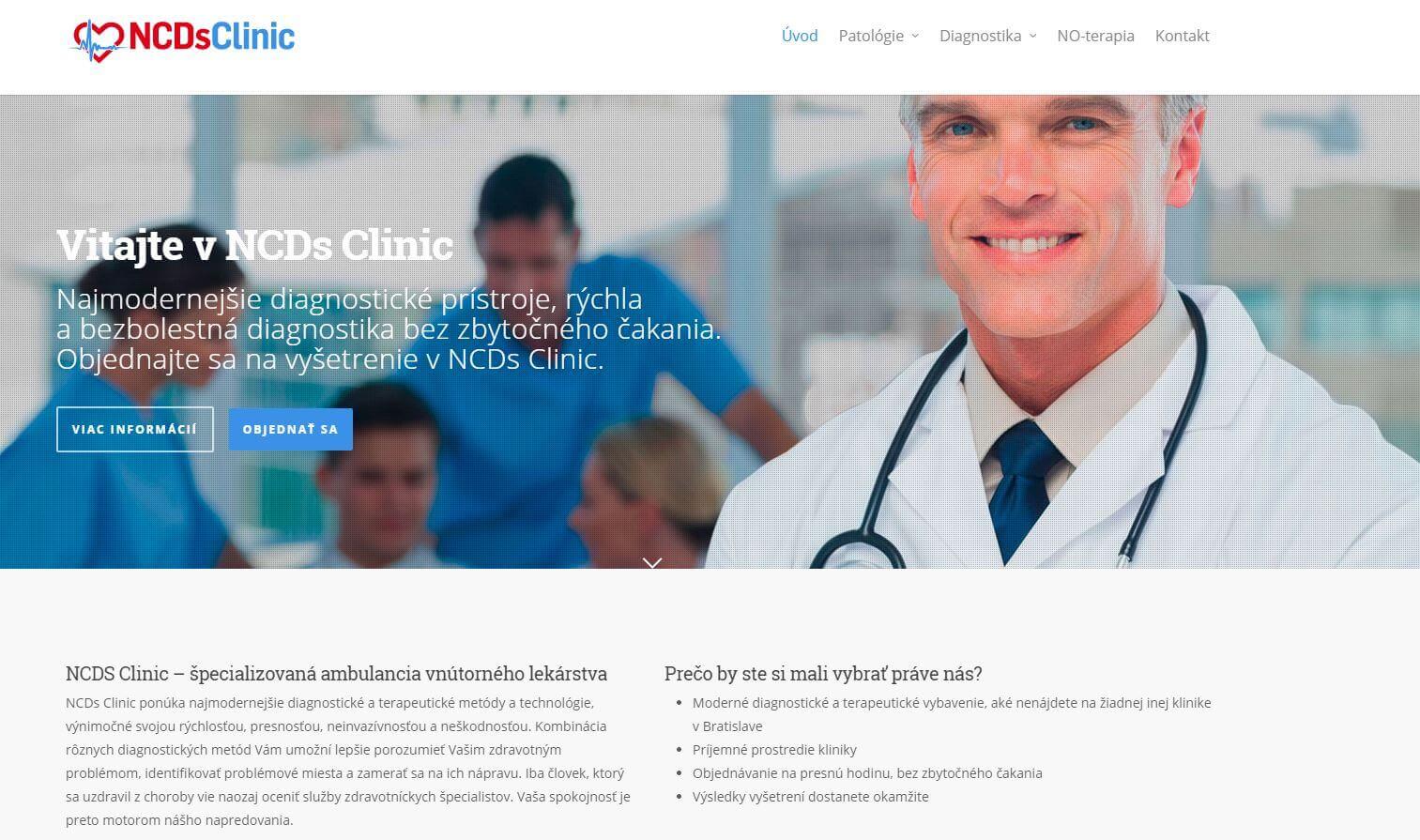Medical devices
search
news
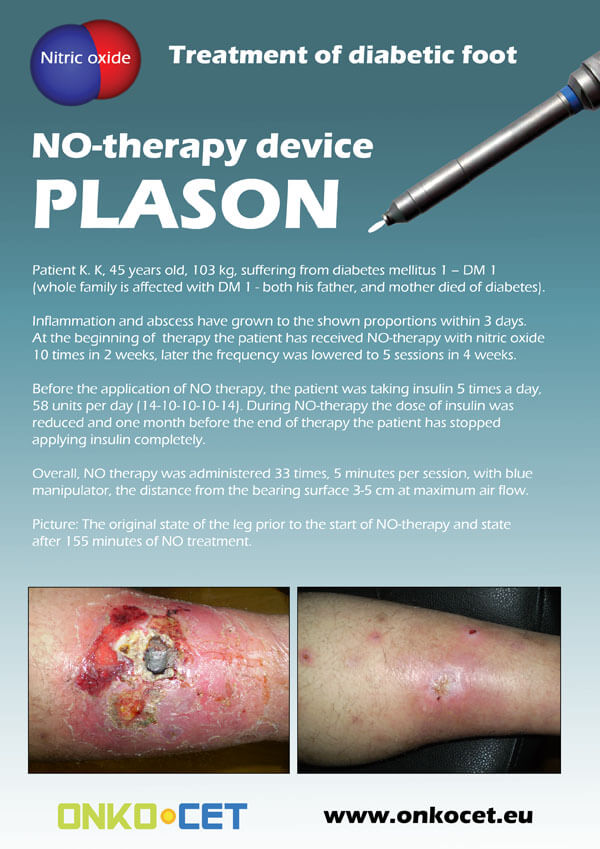
The PDF with the short report with pictures from the therapy of a diabetic foot can be viewed or downloaded here.
The pictures from the treatment of unhealing wounds an be found here:
http://www.onkocet.eu/en/produkty-detail/220/1/
The pictures from the treatment of unhealing wounds an be found here:
http://www.onkocet.eu/en/produkty-detail/293/1/
ONKOCET Ltd. has exhibited the devices from its portfolio on the MEDTEC UK exhibition in Birmingham, April 2011 through our partner Medical & Partners.
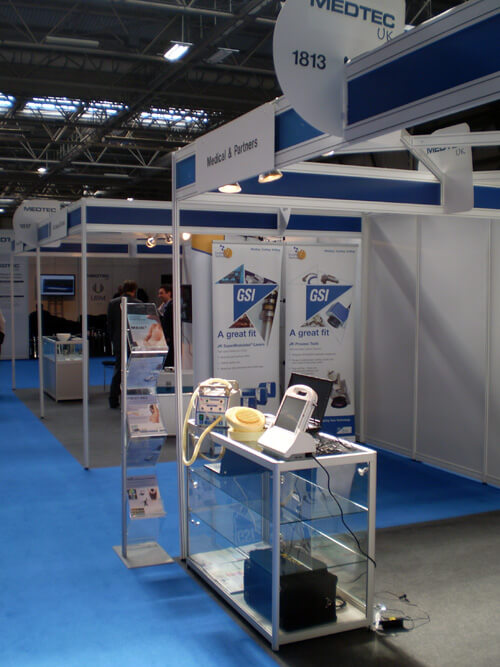
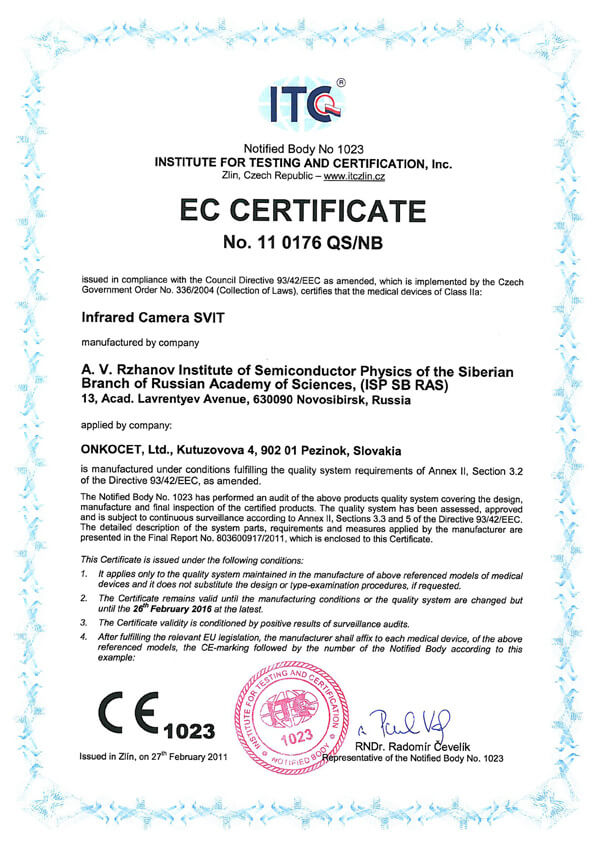 The ONKOCET company has successfully reached the certification of yet another medical device, Infrared Camera SVIT. The Certificate can be found here. The videos from the device operation can be found here.
The ONKOCET company has successfully reached the certification of yet another medical device, Infrared Camera SVIT. The Certificate can be found here. The videos from the device operation can be found here.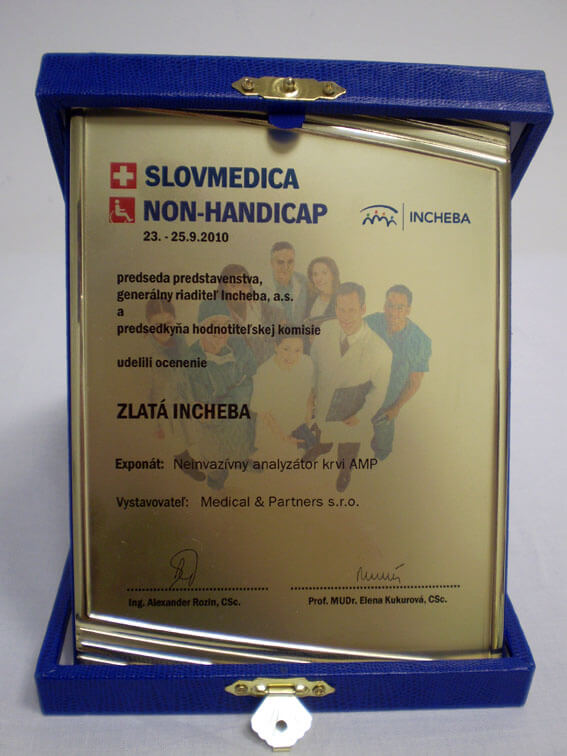 Our device, the non-invasive blood analyzer AMP has won the Golden Incheba prize at a medical exhibition SLOVMEDICA - NON-HANDICAP 2010. A big thank you goes to the organizers of the exhibition for acknowledging the quality of our device and to the exhibitor, the Medical & Partners company, for introduction of the AMP device to the medical public again.
Our device, the non-invasive blood analyzer AMP has won the Golden Incheba prize at a medical exhibition SLOVMEDICA - NON-HANDICAP 2010. A big thank you goes to the organizers of the exhibition for acknowledging the quality of our device and to the exhibitor, the Medical & Partners company, for introduction of the AMP device to the medical public again.We are pleased to inform our business partners, that our company has succesfully finished the certification process of Concor Soft Contact Lenses.
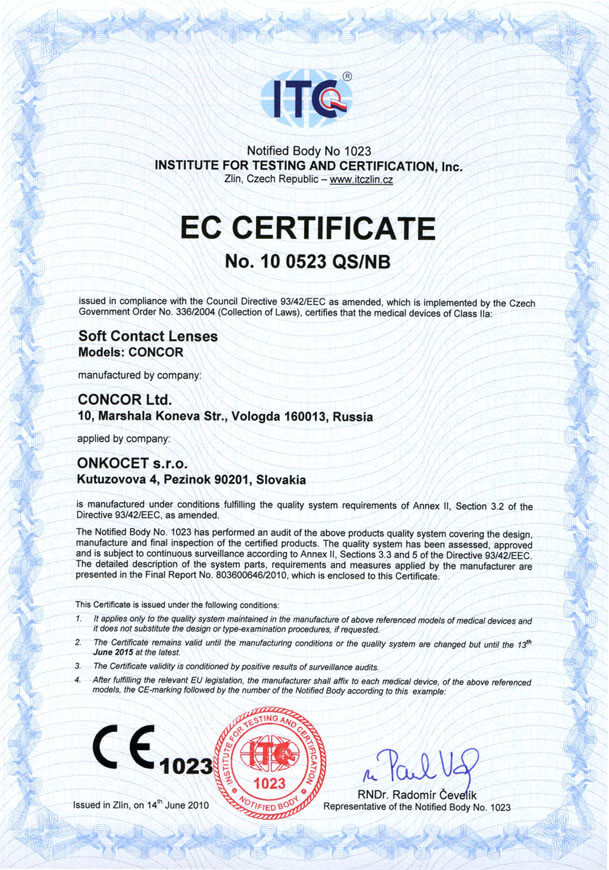 You can find the certificate here.
You can find the certificate here.More information on Concor Soft Contact Lenses go to section Medical preparations/Concor soft contact lenses, or follow this link.
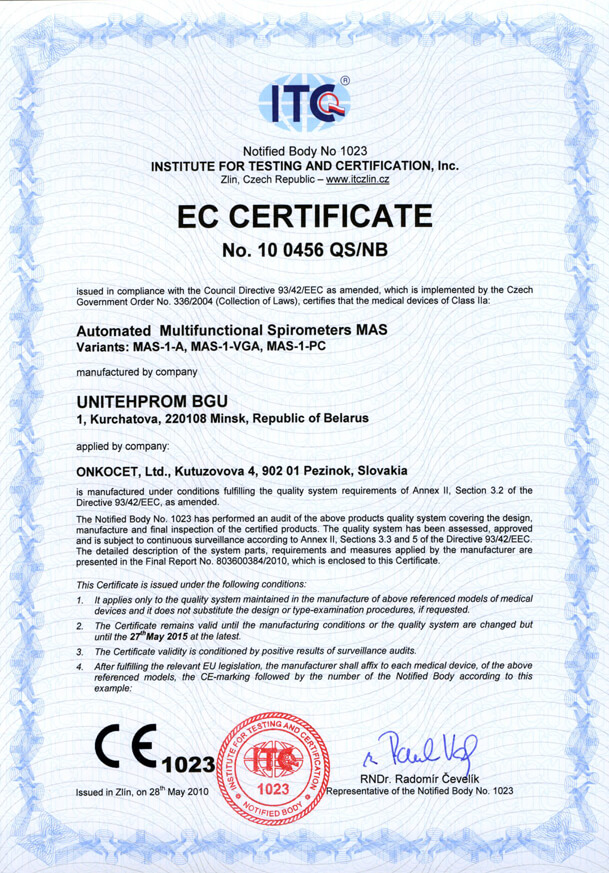 Our company has finished the certification process for another medical device, computerized spirometer MAS-1K with oximeter. You can find the device certificate here.
Our company has finished the certification process for another medical device, computerized spirometer MAS-1K with oximeter. You can find the device certificate here..jpg) Since May 2010 there is a new version of AMP device available.
Since May 2010 there is a new version of AMP device available.Follow this link if you want to see the pictures and specifications of the device.
http://www.onkocet.eu/en/produkty-detail/293/1/
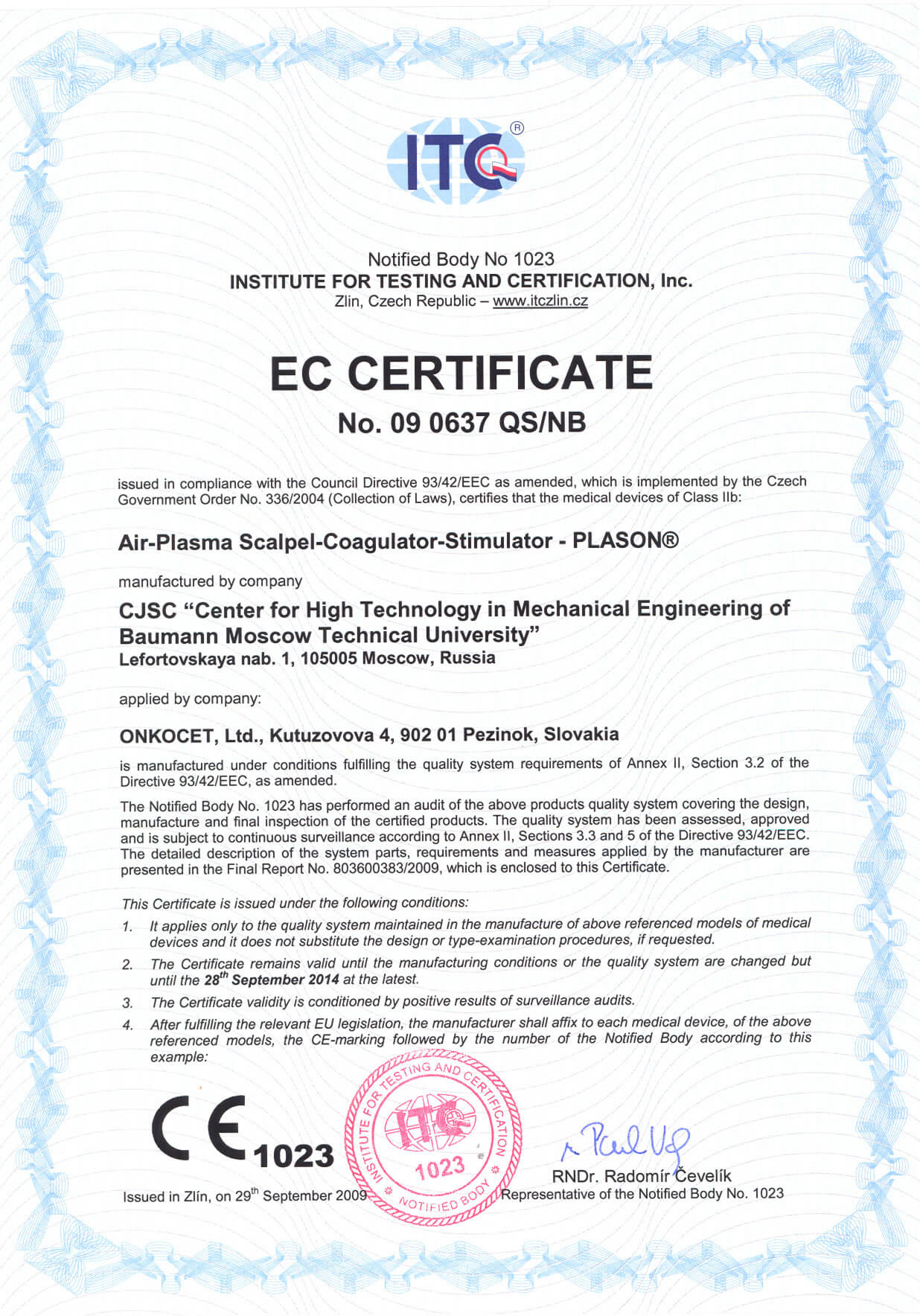 Dear partners,
Dear partners, In October 2009 we have received CE certificate for another device from our portfolio, NO therapeutical device PLASON. You can find more information about this revolutionary device, used for healing of unhealing wounds, diabetic foot, or for cosmetical purposes, at our webpage, section "Medical devices" -> PLASON-NO Therapy.
.gif)
Best regards
Team of ONKOCET Ltd. company
EPR- spectroscopy
Dynamics of the level endogenous and exogenous NO in the tissues of wound and the organs of animals (EPR- spectroscopic study)
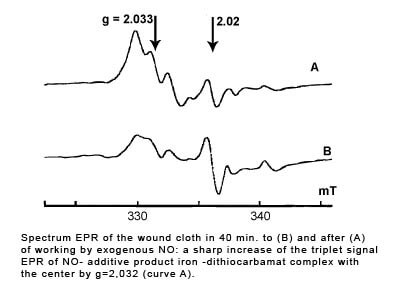 The purpose of studies was:
The purpose of studies was:
1) at the first time quantitatively estimate the level of endogenous NO in the tissues of wound, and also in parallel - in the liver, the bowels, the kidneys, the heart and the blood;
2) by using a source of exogenous NO gaseous (PLASON device), to explain the possibility of its transfer through the wound surface, the intact skin and soft tissues;
3) to investigate the dynamics of a change in the level of NO in the organism after action on the wound by exogenous NO.
For the solution of the presented problems we used the model of fully layered planar wound with an area of 300 mm2. To the 5th day for the EPR- measurements of NO-level, animals were introduced "the trap" of the nitrogen oxide - diethylthiocarbamate (DETC), after which decapitated them and took the samples of the blood, granulating tissues (with the partly muscular) from the bottom of wound and internal organs (heart, liver, kidney, small intestine).
In the part of the animals to 5 days after putting of wound was conducted its working by the NO- containing gas flow (NO - CGF) of device PLASON. Content of NO in the gas flow - 500-800 ppm. All animals were isolated from the direct inhalation of gas mixture. In all, on 52 animals were executed 6 sets of experiments, which were distinguished by the time of NO action with time from its end to euthanasia of animal.
As a result the EPR- studies, executed on 12 rats without the action of NO - CGF in the tissues of wound, liver, bowel and heart were recorded uniform EPR-spectra, caused by MNIC-DETC (MNIC-mononitrosyl iron complexe). The concentration of these complexes in the tissues of wound varied from 7 to 13 µM and it comprised on the average of 10,3±2,3 µM. The incubation of the models of tissues in 20 mM solution of ascorbic acid during 20 minutes led to an increase of the intensity of the MNIC-DETC EPR-signal on the average 3,5 times. This testified about a sharp increase in the content of endogenous NO in the tissues of wound, i.e. in subcutaneous cellular tissue and the muscles of intact animals the concentration of complexes it was only 0,016±0,004 µM. In the liver of the rats, that have wound, the concentration of MNIC-DETC composed 2,3±1,4 µM. In control animals (without the wound) the intensity of the EPR- signals of these complexes was considerably below, in all 0,06±0,002 µM. EPR- signal of MNIC-DETC in the kidneys and the heart unessentially exceeded the level of the signal of control animals. Furthermore, in the models of the tissues of wound and heart was revealed the signal of the nitrosyl complexes of hemoproteins - hemoglobin and myoglobin. In the blood of experimental animals the concentration of the nitrosyl complexes of hemoglobin composed 23,0±7,0 µM, which corresponded to 0,16% of all existing hemoglobin. The hinge quantity of the tissues of wound identical with respect to mass to the model of the blood contained 60- 70% of nitrosohemoproteins with respect to their content in the blood. Introduction to animals of inhibitor NOS - nitroarginin - at the dose of 16mg/kg 30 min prior to the introduction "of the trap" NO led to sharp reduction in the EPR-signal of MNIC-DETC in the tissues of the wound and liver - to 9-12% and 16-22% of the level of control respectively.
For investigating the possibility of penetration exogenous NO gaseous through the intact tissues of the abdominal wall of rats the narcotized animals without the wound on the spin were used. Working by the nitrogen oxide, produced by PLASON device conducted during 60 and 180 seconds. Depending on the time of exposure was observed approximately the linear relationship between a quantity of generating of MNIC-DETC and the nitrogen oxide in liver and blood of animals. 2 min after the completion of 180- per-second working they recorded peak signal in the bowels (into 2,6 higher than in control animals), in the liver, kidneys and heart it also exceeded reference quantities 1,7 times. These results testify about the permeability of the intact skin and other tissues of abdominal wall for the molecules of exogenous NO.
More complex relationships were observed with the working by exogenous NO of the tissues of wound. "Trap" was introduced 15 minutes prior to working. If the decapitation of animal was conducted 2 minutes after working by the nitrogen oxide, then with 30, 60 and 180- per-second exposure was observed the linear relationship between a dose of gas and a quantity of MNIC-DETC, that are formed in the tissues of wound. If they decapitated animals 30-40 min after action, then occurred a significant increase in the EPR- signal of the nitrosyl complexes of myoglobin of wound and hemoglobin of the blood - 10-100 times in comparison with of the 2nd by minute interval. In this case the MNIC-DETC EPR- signal of the tissues of the wound and blood grew 9-11. After 60 min was observed reduction in the intensity of the studied parameters of paramagnetic centers in the tissues of wound and in the blood - to 40-60% of their maximum value.
A sharp increase in the level of paramagnetic MNIC-DETC, and also nitrosyl complexes of hemoproteins in the operated on animals 30-40 minutes after their short-term working by gaseous NO requires explanation. Is possible to assume that this caused by the formation of the peroxynitrite, which appears in the reaction of molecules exogenous NO and anions of superoxid, whose level in the organism with the inflammatory processes rises. It is known that in response to the prooxidant stress the organism will mobilize antioxidant protection first by increasing the level of reducing agents (thiols, ascorbate and others), and then already - by activating the synthesis of antioxidant ferments. Possibly, 30-40 minutes after the treatment of wounds NO -CGF the activation of the first echelon of antioxidant protection ensured a significant decrease in the level of superoxidant anions.
Thus is weakened its destructive effect on MNIC-DETC and nitrosyl complexes of hemoproteins, that also leads to an increase in their content, evaluated by the EPR method. Is not excluded activation NOS with strengthening of the synthesis of endogenous NO. These assumptions can partially explain the phenomenon of stimulation by action by exogenous NO of the torpidly current wound process, when there is a scarcity endogenous NO and the surplus of the free radicals, including of superoxid - anions.
